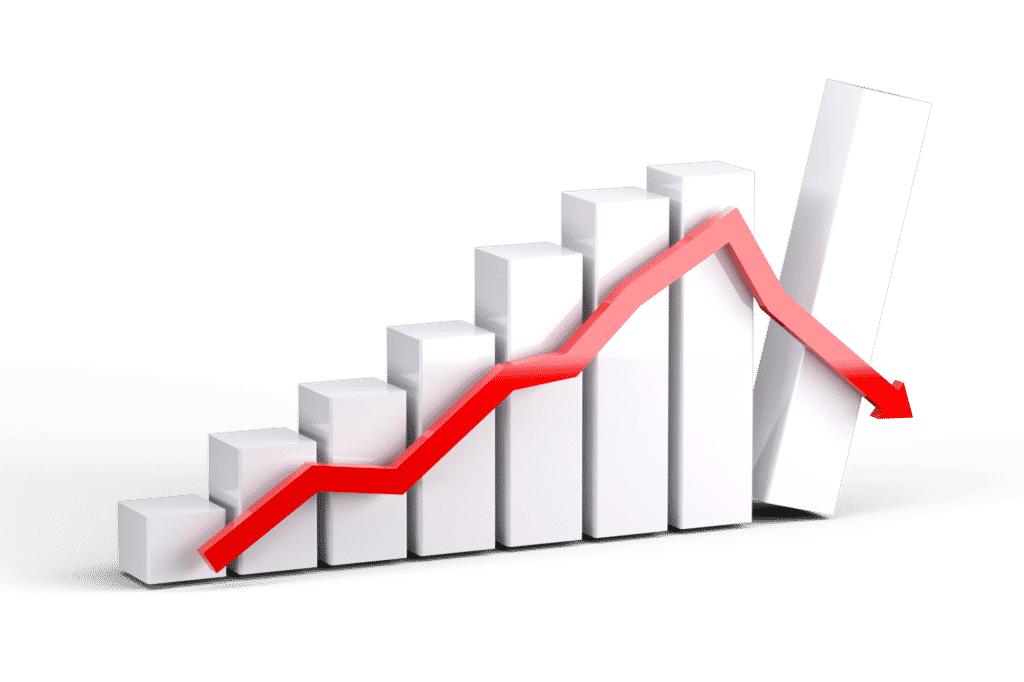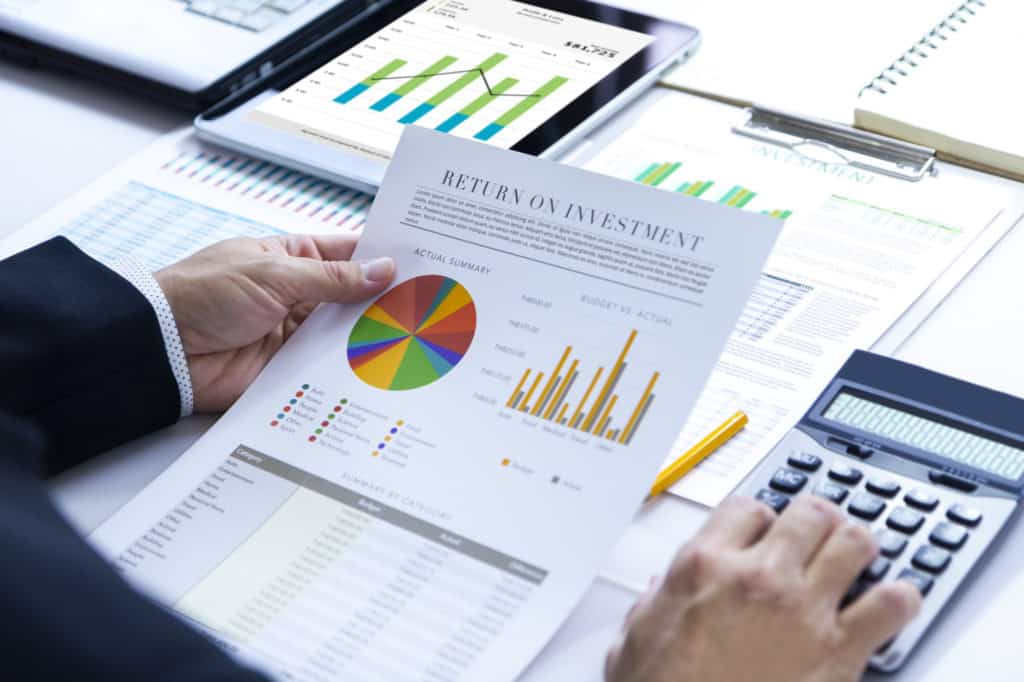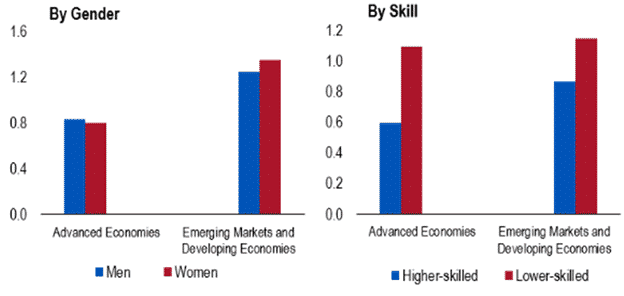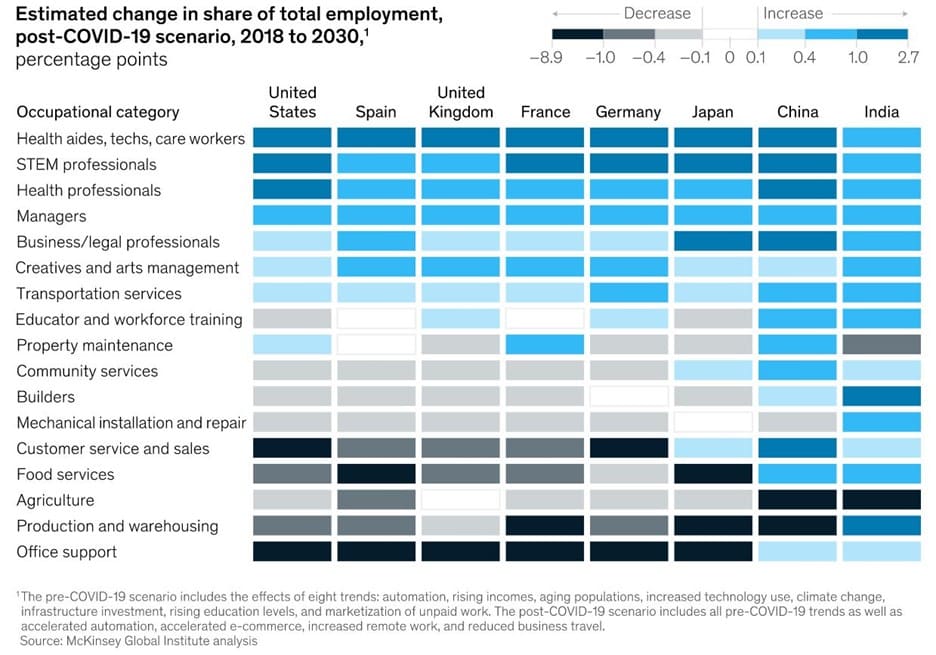The Great Recession which occurred in 2009 was so significant that it affected the whole world.
It came about after the US housing market bubble (which had been growing) suddenly burst. A recession is a bad economical state that can lead to significant losses for organizations and individuals. It’s much easier to remain secure in a recession if you know it’s coming ahead of time.
There are some recession indicators you can observe that often precede a recession. For some of these key indicators, keep reading.
1. Yield Curve
When looking at the global economy, one of the most noted trends indicating a coming recession is the “yield curve”. The yield is the interest rate on treasuries or government bonds, and these bonds have varying duration lengths (known as maturity). Some last for just a month, while others last decades, and the yield curve compares how the interest rate of these bonds changes with time.
Bonds with a longer maturity typically have higher interest rates. For investors, this presents a ‘higher risk, higher reward’ situation. When investing in a bond, a lot more can go wrong in 10 years than in 10 months, so by accepting the risk of a longer investment, they also want to receive more in return.
An inverted yield curve will slope downwards and shows that investors are asking for higher yields for short-term investments. This means that they believe there is more risk in holding a bond for a short period.
Historically, the yield curve has been known to precede downturns. A lot of economic indicators seem to lag as they come after the event. A yield curve inversion, however, comes beforehand, making it a suitable indicator to see where the global economy is going.
2. Confidence Indexes
While economics is mostly about facts and figures, people’s feelings still play a large part. A typical example is the trade war that’s going on between the US and China. It has given firms a feeling of uncertainty about the future, which has caused delays in investments and hiring.
Predicting economic trends isn’t easy, and getting things wrong can result in huge losses for businesses. Situations that make people uncertain result in a lot of caution as people don’t want to make any wrong decisions.
This even affects the choices of consumers. When people are worried about the state of the economy and are unsure how things will go, they become more reluctant to spend money. The result of this is reduced profits made by businesses.
Many organizations publish regular reports regarding confidence amongst businesses and consumers. Recent years have seen some notable dips in confidence, causing some economical issues.
With that in mind, month-to-month fluctuations are not something to be too worried about. Like many economical factors, the long-term is more important, and confidence is generally more stable in the long run.
3. Employment Data
Each month the Department of Labor publishes a report on the job market. It contains several employment measures that can be important indicators of a potential recession.
Among the various data points included is the number of hours worked, which is sometimes claimed to be a leading indicator. This is down to the number of hours a business gives to its workers. When they’re worried about sales dropping, the first thing most companies do is cut hours.
Another data point listed is “temporary help”. This is a measure of temporary workers that businesses take on. When a company is less confident they’re likely to take on more temporary workers rather than permanent employees.
“Jobless claims” is another indicator, giving an in-depth look at the labour market. The time frame is also tighter as it’s posted weekly, rather than monthly. It’s simply a count of people applying for unemployment benefits, which is naturally higher when fewer people are working.
4. Leading Economic Index
Like the yield curve, this is one of the few indicators that predicts where the global economy will head. It’s generated by the Conference Board and is comprised of 10 datasets including:
- Average weekly initial claims for unemployment insurance
- S&P 500 stock index
- New orders index
- Average weekly hours worked by manufacturing workers
A negative year-over-year index has historically been closely associated with recessions. Businesses often use this index to plan future activities, helping to protect them in the event of any downturns.
5. Gross Domestic Product
Gross domestic product (GDP) is a measure of economic growth, and any time the economy isn’t growing, we’re in a recession. Whenever the economy is faltering it will be clear when looking at the GDP. It’s worth noting, however, that the GDP normally fluctuates, so it’s not always a cause for concern.
Comparing the GDP to longer-run expectations from economists can help give an insight into whether or not fluctuations in the GDP are something to worry about. This information can also help determine the “output gap”.
The output gap is the difference between the maximum possible output of the economy (as viewed by economists) and the actual output and can be positive or negative. When the GDP is adjusted for inflation it’s known as the “real GDP”. Sometimes the real GDP will go above its potential, and will then fall back down below it.
6. Recession Probability Model
This is a compilation of data based on the three-month and ten-year treasury yields. It’s specifically designed to determine how likely there is to be a recession in the coming year and is typically updated at the start of each month.
The likelihood is measured as a percentage, and anything over 30% is considered a warning sign. When it reaches the 30% point, it means a recession is predicted for 12 months from that time.
Watching for Recession Indicators
Ultimately it’s not entirely possible to say exactly what will happen in the future with the economy, but the recession indicators above have historically proven to be good signs to follow. Paying attention to these is the best way to know when we’re on our way into a recession.
CFI.co has all the latest information on financial news and economical developments. If you have any questions for us click here to contact us today, and you can sign up for our newsletter to stay up to date.



